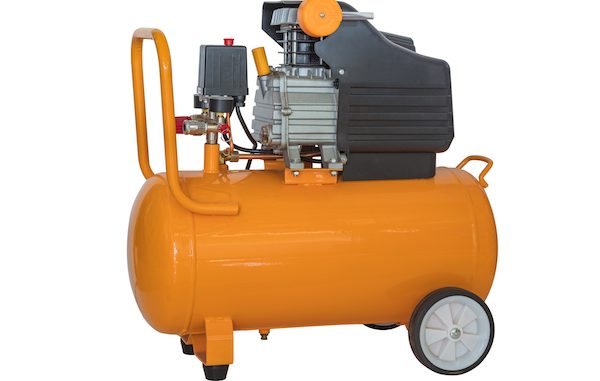

From operating pneumatic power tools, sandblasters and cleaners to filling tires and gas cylinders, air compressors see a lot of use in construction, industrial work and for DIY projects at home. Many businesses offer compressed air service to other businesses in the form of large on-site installations or portable compressors. Before you call in to order one, though, it’s a good idea to know what you should look for.
Types of Air Compressors
There are a few ways to categorize air compressors, but the broadest classifications depend on how they displace air. Rotary screw compressors tend to be larger models made to run continuously with little maintenance, making them valuable for construction sites where high-power equipment is used. Piston, or reciprocating, compressors are suited towards supplying air for smaller tools with intermittent use.
Check the Specifications
Air compressors have specifications that determine how they should be used, and these need to be matched with your tools’ requirements. The three most significant measurements for performance are cubic feet per minute (CFM) for airflow, pounds per square inch (PSI) for air pressure and horsepower for power output. Manufacturers rate compressors based on the maximum values they can reach; compare these to the airflow and pressure your tools need to function.
Keep in mind: CFM goes up as PSI goes down and that higher horsepower generates higher CFM at a given PSI.
Comparing Costs
It’s important to spend only as much as you need to get the job done. While rotary compressors can run continuously with little maintenance, the equipment is complex, costs more upfront and often must remain running at partial load to avoid burning out the motor by cycling power on and off. At lower horsepower, it’s more cost-effective to pick out a piston compressor when the constant high power output isn’t necessary. Additionally, rotary compressors output air of higher quality, but this difference is marginal when air quality is not a major requirement for a task.
